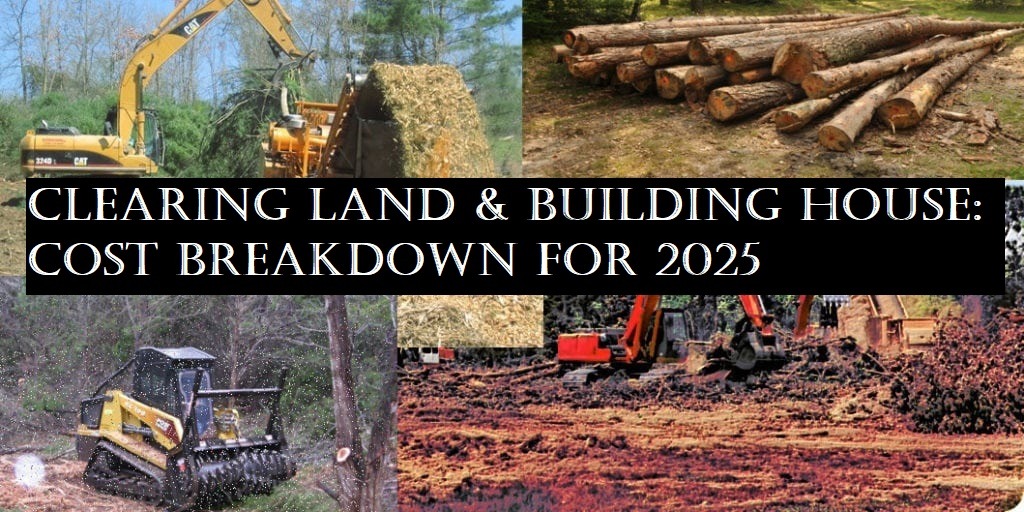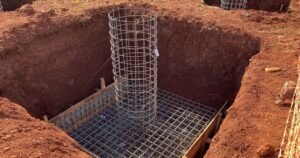Clearing Land is a crucial first step for any new construction project, ensuring a smooth foundation for building homes or making property improvements. Whether you’re working on residential land clearing for a dream house or preparing a commercial site, clearing the land involves removing obstacles like trees, stumps, underbrush, and debris.
The process can vary significantly based on the land’s condition—heavily forested areas require more time, effort, and specialized machinery like bulldozers and hydraulic thumbs compared to lightly wooded lots or open spaces. Other challenges include maintaining property lines, adhering to local regulations, and obtaining necessary permits.
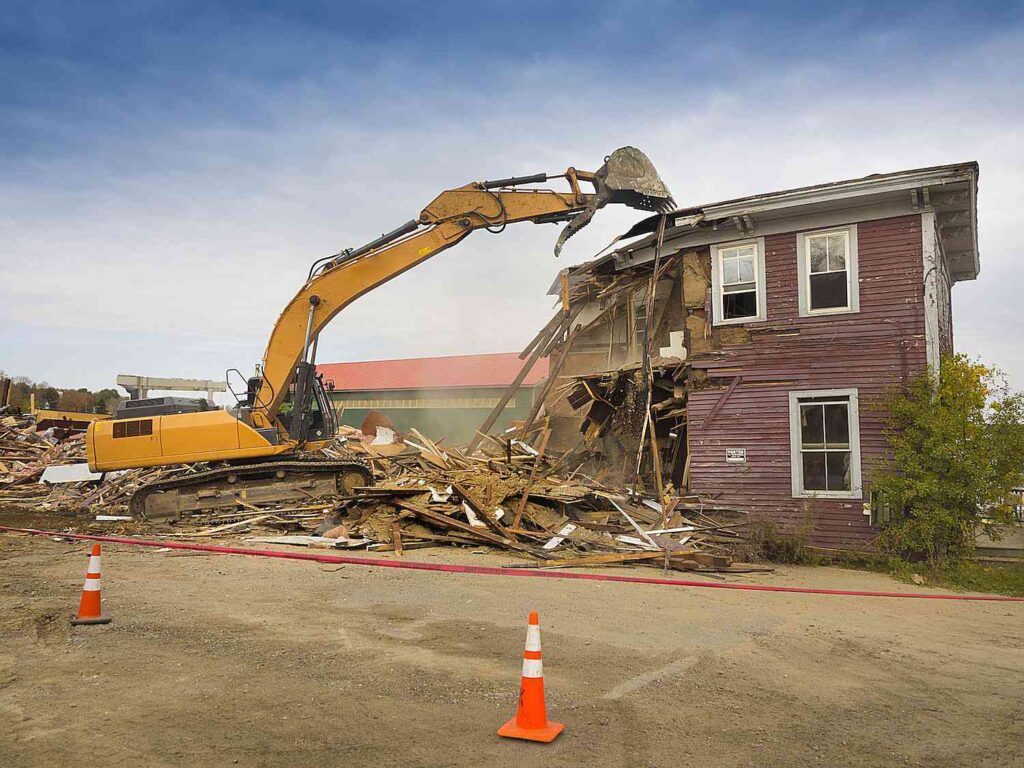
Understanding the factors that influence costs—such as lot size, accessibility, and equipment requirements—is essential for accurate budgeting. This article provides a comprehensive cost breakdown for land clearing in 2025, helping you make informed decisions for your project.
Understanding Land Clearing Costs in 2025
Factors Influencing Land Clearing Expenses
Several factors affect the overall cost of clearing land:
- Lot Size: The cost varies by acreage or square foot, with larger lots typically incurring higher costs.
- Land Condition: Clearing a heavily forested area is more expensive than clearing a smooth surface or lightly wooded lot.
- Accessibility: Sites with difficult access or unclear property lines may require additional equipment and time, increasing costs.
- Necessary Equipment: Tools like excavators, chainsaws, and specialized attachments like the hydraulic thumb for removing stumps and roots add to the expenses.
By understanding these factors, you can better anticipate the costs and challenges involved in your project.
Average Cost Range for Clearing Land in the United States
In 2025, the average cost of land clearing in the United States ranges from $1,500 to $3,000 per acre, depending on the land’s condition and location.
- Residential Land Clearing: Costs are typically lower for lightly wooded lots, averaging $1,200 to $2,000 per acre.
- Commercial Land Clearing: Larger-scale projects or sites in heavily forested areas can cost upwards of $5,000 per acre.
For smaller projects, such as removing a single tree or clearing underbrush, costs may be calculated per square foot, averaging $1.50 to $3.50. This breakdown helps homeowners and developers plan their budgets effectively.
Detailed Breakdown of Land Clearing Costs
Cost of Clearing Wooded Areas vs. Open Land
Clearing a wooded lot can cost significantly more than clearing open land due to the complexity of tree removal and underbrush clearing. For heavily forested areas, costs range between $3,000 to $5,000 per acre, as specialized equipment like excavators and hydraulic thumbs are required to handle large trees and extensive root systems.
On the other hand, clearing lightly wooded lots or open land costs around $1,200 to $2,000 per acre. These projects involve less labour and fewer resources, as there is minimal vegetation to remove. Understanding these differences helps property owners choose the most efficient clearing methods based on their lot’s condition.
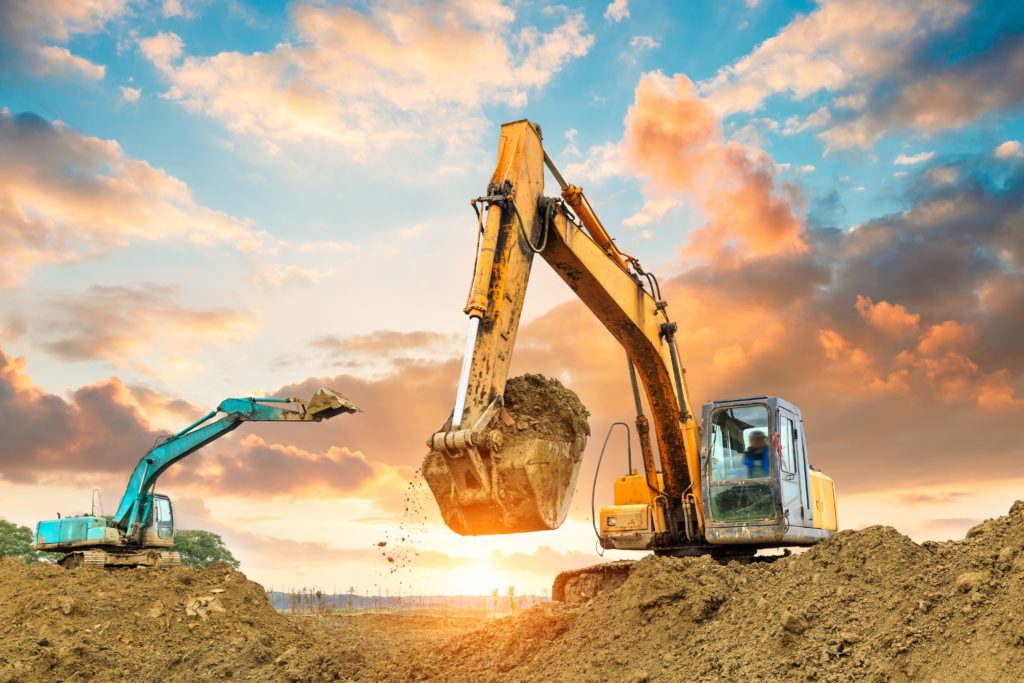
Price Variations by Lot Size
The size of the lot is a critical factor in determining the total cost of land clearing. Smaller projects, such as removing a single tree, typically cost between $300 to $1,000, depending on the tree’s size and root depth.
For larger projects, clearing an entire acre of land may cost between $1,500 to $5,000, depending on whether the area is heavily forested or relatively open. Bulk clearing services may offer discounts for larger lots, making it cost-effective for extensive projects. These variations underscore the importance of obtaining detailed quotes tailored to the size and scope of your project.
Essential Land Clearing Services and Their Costs
Tree and Stump Removal Pricing
Removing trees and stumps is one of the costliest aspects of land clearing. The average cost of tree removal ranges from $400 to $2,000 per tree, depending on its size and location. Stump removal can add an additional $200 to $700, with higher costs for trees with deep or sprawling root systems.
For larger trees, stump grinding or complete extraction often requires heavy-duty machinery, driving up the total expense. Homeowners with multiple trees to remove should budget for these additional stump-related charges.
Underbrush and Debris Clearing Charges
Clearing underbrush and debris typically costs around $100 to $500 per hour, depending on the density of vegetation. For smaller lots, this may amount to $1,000 to $2,000 total.
Debris disposal is an additional expense, as it involves hauling and disposing of waste materials, costing around $200 to $600 per load. Land survey costs, averaging $300 to $700, may also be necessary to ensure accurate clearing boundaries and avoid disputes. These services ensure that the land is adequately prepared for construction or property improvements.
Additional Costs in Land Preparation
Soil Testing and Grade Leveling Expenses
Soil testing is a crucial step to determine whether the ground is suitable for construction. This service typically costs between $800 to $2,000, depending on the tests required.
Grade leveling, which ensures a smooth surface and proper flow of water, costs around $1,000 to $3,000 per acre. This process is vital for preventing future erosion and ensuring a stable foundation for buildings.
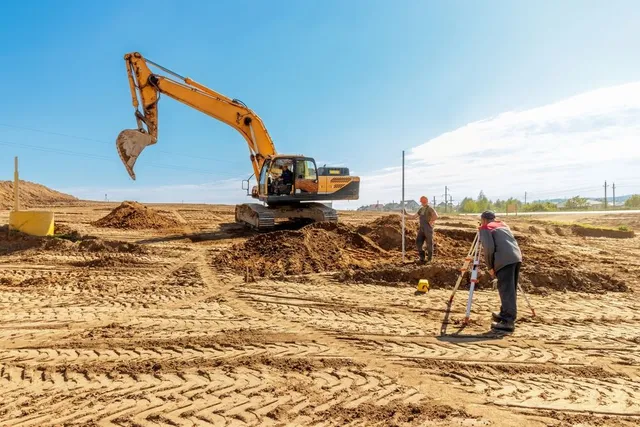
Costs Associated with Permits and Legal Requirements
Permits for land clearing and construction vary by location. In Texas, fees range from $50 to $500, depending on the scope of the project.
Hiring a professional to conduct a land survey can cost between $300 and $700. This ensures compliance with local regulations, avoids encroachment on neighboring properties, and confirms property lines. Accounting for these legal requirements is essential for a seamless clearing process.
Cost-Effective Strategies for Land Clearing
DIY vs. Professional Land Clearing: A Cost Comparison
For smaller projects, homeowners might consider DIY land clearing, using rented equipment such as chainsaws or compact excavators. Renting such machinery typically costs around $300 to $1,000 per day. However, DIY efforts may take longer and lack the precision of professional services.
For large-scale projects, hiring professionals like Daniel Dean or RJT Construction in Houston is more efficient and cost-effective. Professional services ensure proper site preparation and handle complex tasks like stump removal and erosion control.
Tips for Reducing Your Land Clearing Budget
Homeowners can lower costs by preparing the site themselves, such as trimming vegetation or recycling cleared trees into firewood. Renting necessary equipment for specific tasks instead of hiring professionals for the entire project is another cost-saving measure.
Partnering with local experts like RJT Construction ensures access to affordable, tailored solutions. Their experience in the Houston area allows for effective budgeting and execution of land clearing projects.
Planning Your Land Clearing Project
Step-by-Step Guide to Efficient Land Clearing
Efficient land clearing begins with proper site preparation. Start by marking property lines to avoid disputes and ensuring that permits are in place. Next, conduct a land survey to identify obstacles like stumps, debris, or uneven terrain. Grading the land is crucial for maintaining a smooth surface and controlling erosion during construction.

Using the right machinery, such as a bulldozer or tractor, can simplify tasks like dirt work and underbrush clearing. Smaller tasks, such as tree trimming, can be handled manually or with a chainsaw. By following a structured approach, you can streamline the process and prepare the land effectively for your project.
Timeline Expectations for Clearing Land
The timeline for clearing land depends on several factors, including the size of the lot, land condition, and accessibility. For a lightly wooded lot, the process may take 1–3 days, while heavily wooded areas or larger acreages could take up to a week or more.
Accessibility plays a critical role, as difficult-to-reach properties require additional time and equipment. Weather conditions and the need for additional preparation, such as soil testing or erosion control, can also extend the project duration. Proper planning helps minimize delays and ensures your project stays on schedule.
Final Takeaways on 2025 Land Clearing Costs & Eco-Friendly PracticesConclusion
Land clearing is an essential first step in any construction project, and understanding its costs and challenges ensures better planning and execution. From tree and stump removal to underbrush clearing, each service has its unique expenses and requirements.
Opting for professional services like RJT Construction in Houston ensures a cost-effective and eco-friendly approach to land clearing. Transparency in pricing and using sustainable practices can help reduce the overall environmental impact. Contact RJT Construction today to turn your land clearing project into a seamless experience.
Frequently Asked Questions
What is the best time of year to clear land for construction?
The best time for land clearing is during dry seasons when the ground is stable and machinery can operate efficiently. In Texas, late winter or early spring offers optimal conditions for clearing, as vegetation is less dense and weather disruptions are minimal.
How can I minimize the environmental impact of land clearing?
To reduce environmental impact, use eco-friendly methods such as recycling cleared vegetation into mulch or firewood. Ensure proper erosion control by grading the land and planting ground cover where necessary. Partnering with professionals who prioritize sustainability can further enhance eco-friendly outcomes.
Are there any hidden costs in land clearing I should be aware of?
Unforeseen expenses may include removing damaged vegetation, handling deep root systems, or addressing additional stump removal needs. Disposal of debris, permits, and soil grading can also increase costs. Always request a detailed quote to avoid surprises during the clearing process.

